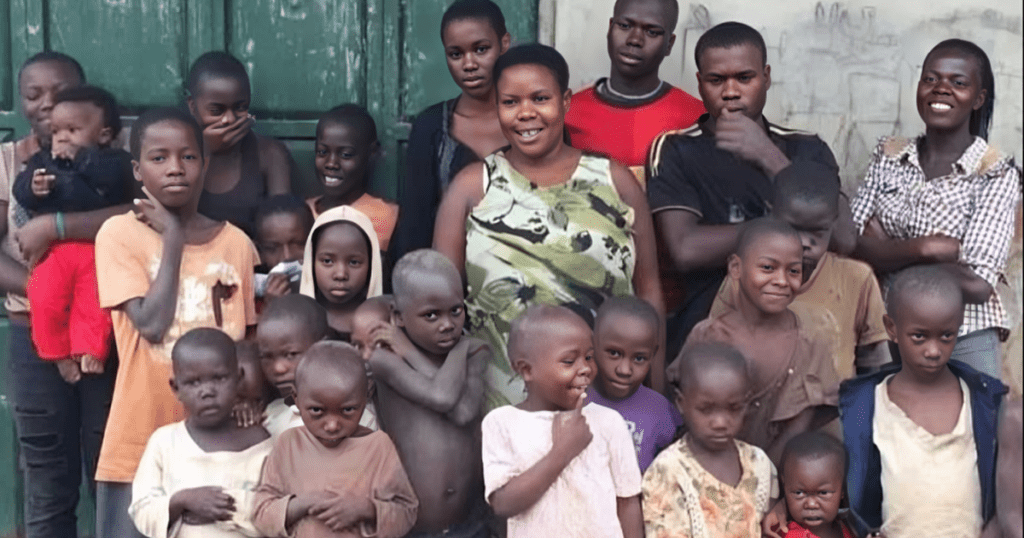Topping our list is Niger, with women having around 7 children each! A mix of traditions and less access to education and family planning methods plays a big role here. In Niger, big families are often seen as a blessing, adding more hands to help at home or on the farms.
2. Angola: In this Southern African nation, the average woman has 6.56 children. Similar to Niger, factors like early marriage and cultural emphasis on family size play a role.
3. Mali: We’re back in West Africa, where Mali boasts a fertility rate of 6.3 children per woman. Access to healthcare and education are still developing here, impacting family planning choices.
4. Chad: Another Central African nation joins the list with a rate of 6.27 children per woman. Here, religious beliefs and limited access to family planning services influence fertility trends.
5. Somalia: This East African nation has a fertility rate of 6.18 children per woman. Complexities like ongoing conflict and limited access to resources contribute to this number.
6. Burundi: Nestled in East Africa, Burundi’s fertility rate stands at 6.16 children per woman. Similar to other countries on the list, cultural norms and limited access to family planning options play a part.
7. Democratic Republic of the Congo: This Central African nation has a fertility rate of 6.12 children per woman. Here, widespread poverty and limited education impact family planning choices.
8. Uganda: We’re back in East Africa, where Uganda’s fertility rate is 6.04 children per woman. Early marriage and high value placed on children contribute to this statistic.
9. South Sudan: This East African nation’s fertility rate is 5.98 children per woman. Similar to other developing countries on the list, limited access to healthcare and education influence fertility trends.
10. Zambia: Rounding out our list is Zambia, in Southern Africa, with a fertility rate of 5.95 children per woman. Cultural factors and limited access to family planning services contribute to this number.
Several common themes explain these booming birth rates. Cultural and traditional beliefs often view large families as desirable. Economic factors also play a role, as more children can mean more help with work. However, the flip side is limited access to education, healthcare, and particularly family planning resources, which can keep fertility rates high.
What Does This Mean for the Future?
High fertility rates can lead to rapid population growth, which presents both opportunities and challenges. More young people might mean a larger workforce in the future, but it also requires significant investment in healthcare, education, and infrastructure to ensure these growing populations thrive.
This content was generated by an AI model and verified by the author.
Source link : https://www.pulse.ug/lifestyle/worlds-top-10-countries-with-highest-womens-fertility-rates/c94jzqp
Author :
Publish date : 2024-02-23 03:00:00
Copyright for syndicated content belongs to the linked Source.
